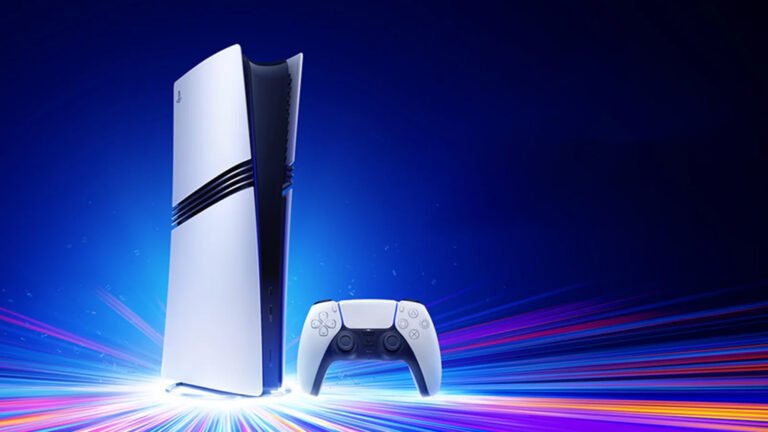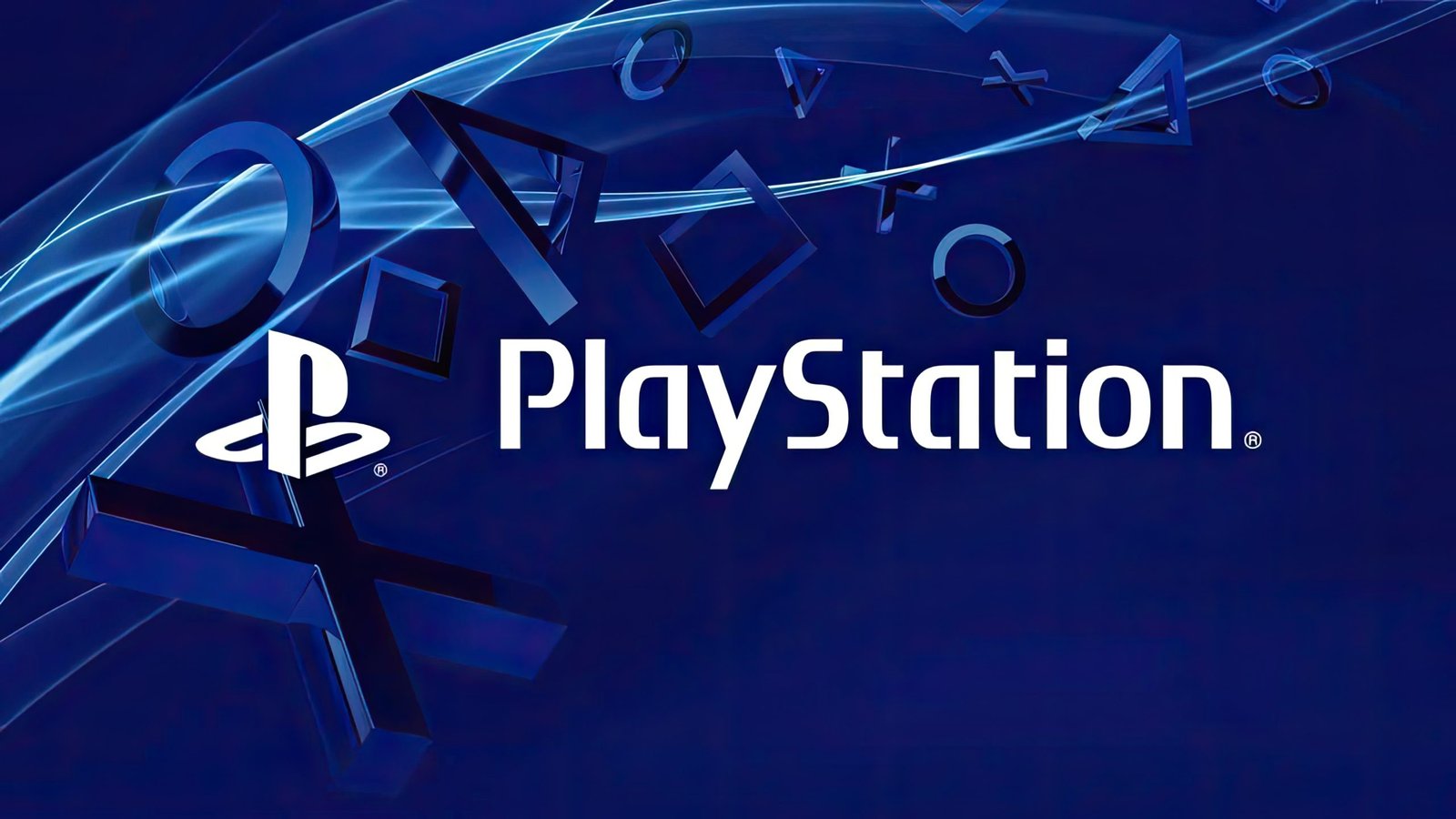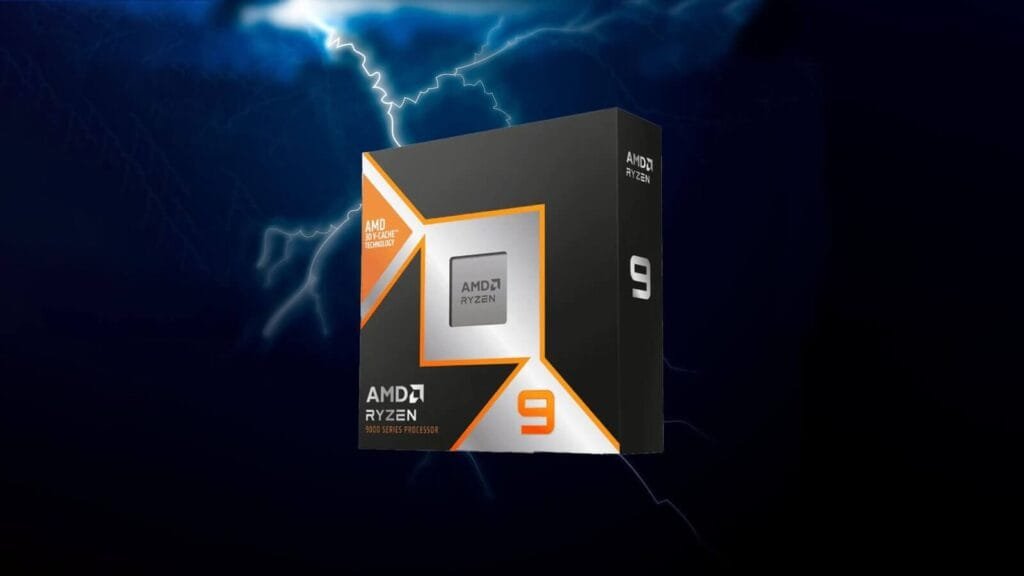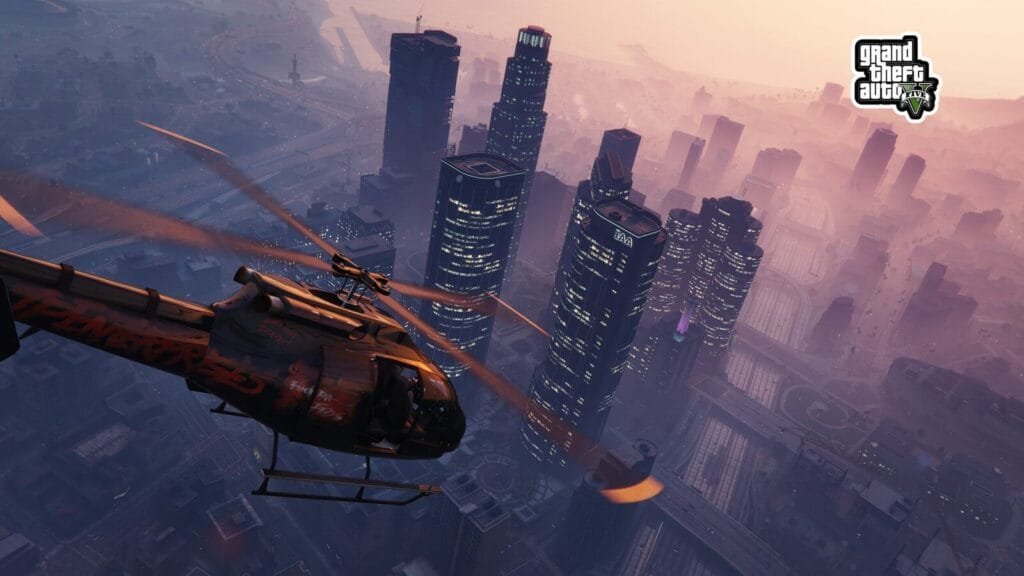Sony’s rumored PlayStation 6 and handheld console are generating buzz, with new details emerging about their codenames—Orion and Canis for the PS6, Robin and Robin Plus for the handheld—and their use of AMD APUs. A recent leak from YouTuber Moore’s Law is Dead, sheds light on the potential specs and performance of these devices.
According to the leak, the PS6 targets a 160W TBP, featuring a chip with 8 Zen 6 cores and 40–48 RDNA 5 compute units. While this is fewer compute units than the PS5 Pro’s 60, the RDNA 5 architecture is expected to deliver significantly higher performance per unit. The PS6 is also said to use GDDR7 memory, similar to Nvidia’s RTX 50-series GPUs, offering greater bandwidth. The leak suggests the PS6 could triple the PS5’s rasterization performance and double that of the PS5 Pro, potentially rivaling an RTX 4080 in power, though direct console-to-PC comparisons are tricky. Rasterization, which converts 3D objects into 2D displays, benefits from higher performance for smoother visuals and better frame rates. Ray tracing is also expected to improve, building on the PS5 Pro’s PSSR upscaling tech, with further enhancements slated for 2026.

The rumored PlayStation handheld is said to feature a chip with 4 Zen 6C cores and 12–20 RDNA 5 compute units, operating at 15W. This could deliver half the PS5’s rasterization performance, a notable feat for a portable device, with RDNA 5 enabling strong ray tracing capabilities.
These details stem from a leaked 2023 AMD presentation, so specs may have evolved. The PS6 is reportedly slated for production in mid-2027, with a launch in late 2027 or early 2028, priced at $499, matching the PS5’s launch price. The handheld is expected to release around the same time, priced between $400 and $500, potentially launching alongside the PS6 to complement it. Sony is also believed to be planning PS5 and PS4 backward compatibility, with PlayStation Plus likely continuing to support older titles.
While these leaks offer an exciting glimpse into Sony’s plans, they should be taken cautiously given their age and unconfirmed status. Nonetheless, they hint at significant performance leaps for the PS6 and PlayStation handheld.





